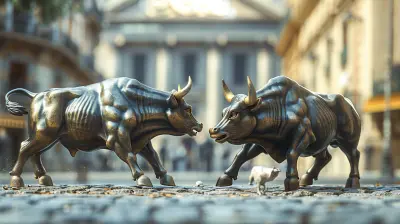Money Laundering and Financial Regulation: Global Efforts to Combat Crime
20 October 2025
Money laundering—a shadowy world where illicit cash is scrubbed clean and reintroduced into the financial system. Imagine a criminal empire making millions from drug trafficking, cyber scams, or corruption. The problem? They can't just walk into a bank and deposit stacks of suspicious cash without triggering alarms. So, they devise sneaky ways to make their dirty money look legitimate.
But governments and financial watchdogs worldwide aren’t sitting idle. With ironclad regulations, sophisticated tracking systems, and increasing cooperation, authorities are on a relentless mission to stamp out financial crime.
How do they do it? And more importantly, is it enough? Let’s unravel the mystery behind money laundering and the global battle to stop it. 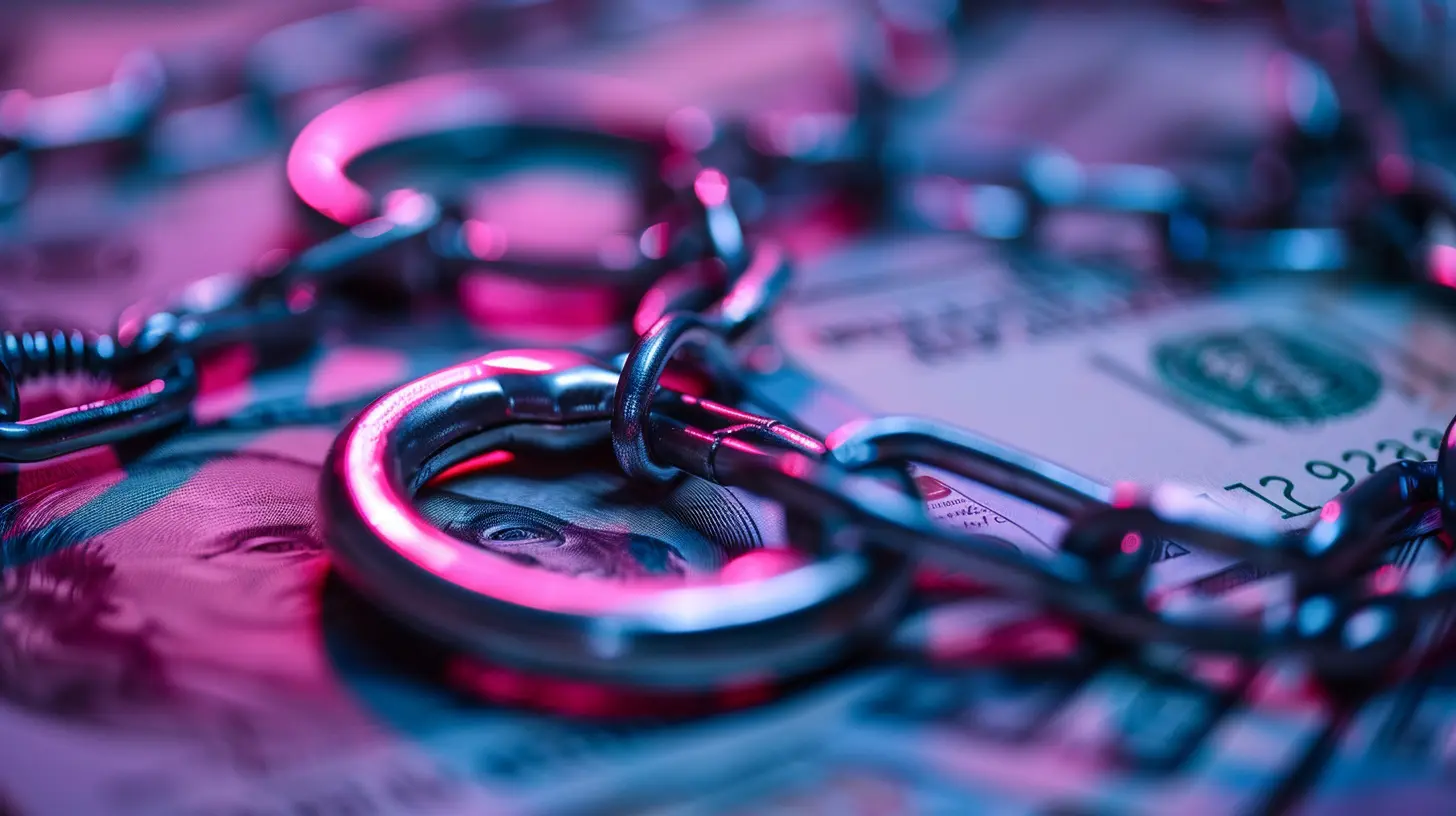
What Exactly Is Money Laundering?
At its core, money laundering is like a magician's trick—making illegal money vanish and reappear as if it were earned legitimately. Criminals use a series of transactions to disguise the true origin of their funds, allowing them to spend or invest without raising suspicion.The Three Stages of Money Laundering
Money laundering doesn’t happen in a single step. It’s usually a three-part process:1. Placement – The "dirty" money enters the financial system. This could be through cash deposits, buying high-value assets, or even smuggling money across borders.
2. Layering – The money is shuffled around, often through multiple bank transfers, offshore accounts, shell companies, or even cryptocurrency transactions, to obscure its origins.
3. Integration – Finally, the funds are reintroduced into the economy as seemingly legitimate wealth—through investments, real estate, luxury purchases, or business operations.
By the time the money reaches the final stage, it’s almost impossible to trace it back to its criminal roots. 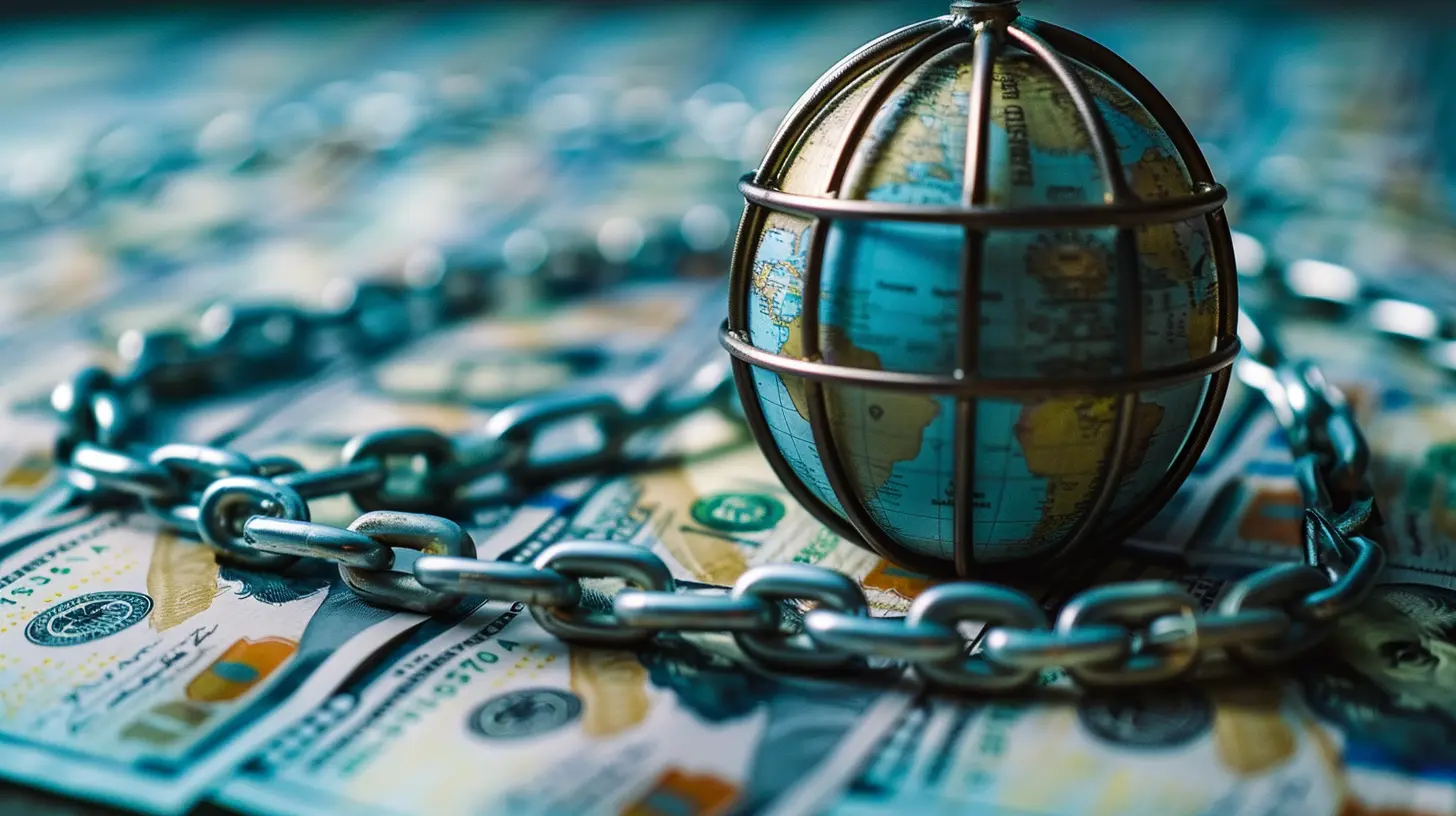
Why Money Laundering Is a Global Problem
Think of money laundering as the lifeline of organized crime. Without it, drug cartels, corrupt politicians, human traffickers, and even terrorist organizations wouldn’t be able to sustain their illegal activities. The sheer scale of the problem is mind-blowing—estimates suggest that global money laundering could amount to $2 trillion annually, a staggering 2-5% of the world’s GDP.Left unchecked, money laundering weakens economies, fuels corruption, and even threatens national security. That's why global financial systems are on high alert. 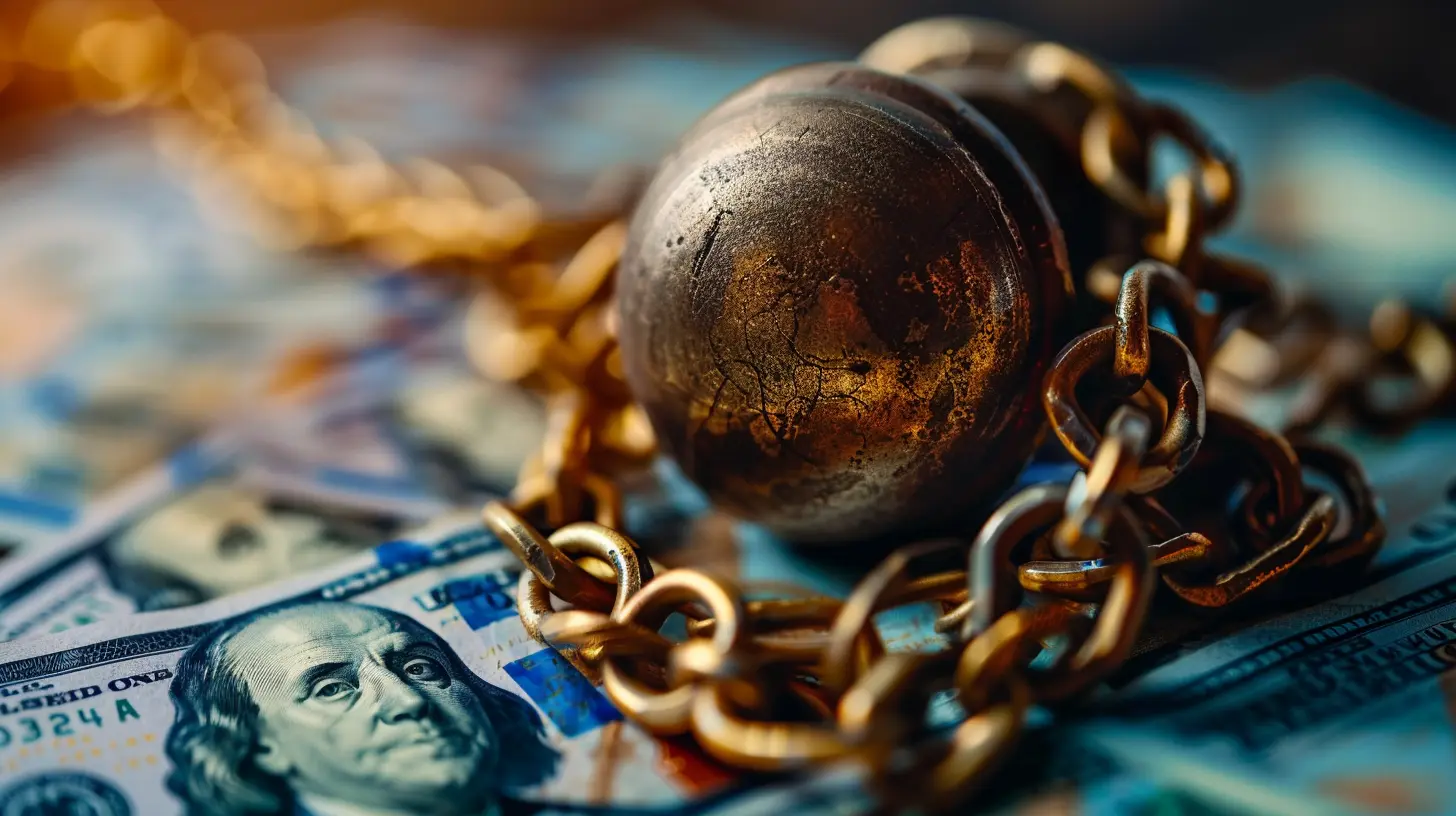
How Countries Are Fighting Back
1. The Role of Financial Action Task Force (FATF)
The Financial Action Task Force (FATF) is one of the most powerful global bodies combating money laundering. It sets international standards for anti-money laundering (AML) regulations and ensures countries comply. Nations that fail to meet these standards risk being blacklisted, meaning their financial dealings with the rest of the world face heavy restrictions.2. Know Your Customer (KYC) and Anti-Money Laundering (AML) Regulations
Banks and financial institutions are the first line of defense in the fight against money laundering. They are required to follow strict KYC and AML policies, which include:- Verifying customer identities before opening accounts.
- Monitoring transactions for suspicious activity.
- Reporting any red flags to financial authorities.
These procedures prevent criminals from using banks as unwitting accomplices in their laundering schemes.
3. The Rise of AI and Blockchain in AML Efforts
Technology is playing a crucial role in spotting money laundering. Banks and regulators now deploy Artificial Intelligence (AI) to analyze massive volumes of transactions and detect suspicious patterns that human analysts might miss.Meanwhile, blockchain technology—often linked to cryptocurrencies—offers a transparent and immutable ledger, making financial transactions more traceable. However, crypto’s anonymity also poses unique challenges, as it’s a favored tool for laundering digital assets.
4. International Cooperation and Mutual Legal Assistance
Criminals don’t respect borders, so combating money laundering requires global teamwork. Governments share intelligence, extradite suspects, and collaborate on investigations through organizations like Interpol, the European Union, and the United Nations Office on Drugs and Crime (UNODC).One noteworthy initiative is the Egmont Group, a global network of Financial Intelligence Units (FIUs) that exchange financial crime information across jurisdictions, making it harder for criminals to hide their illicit funds. 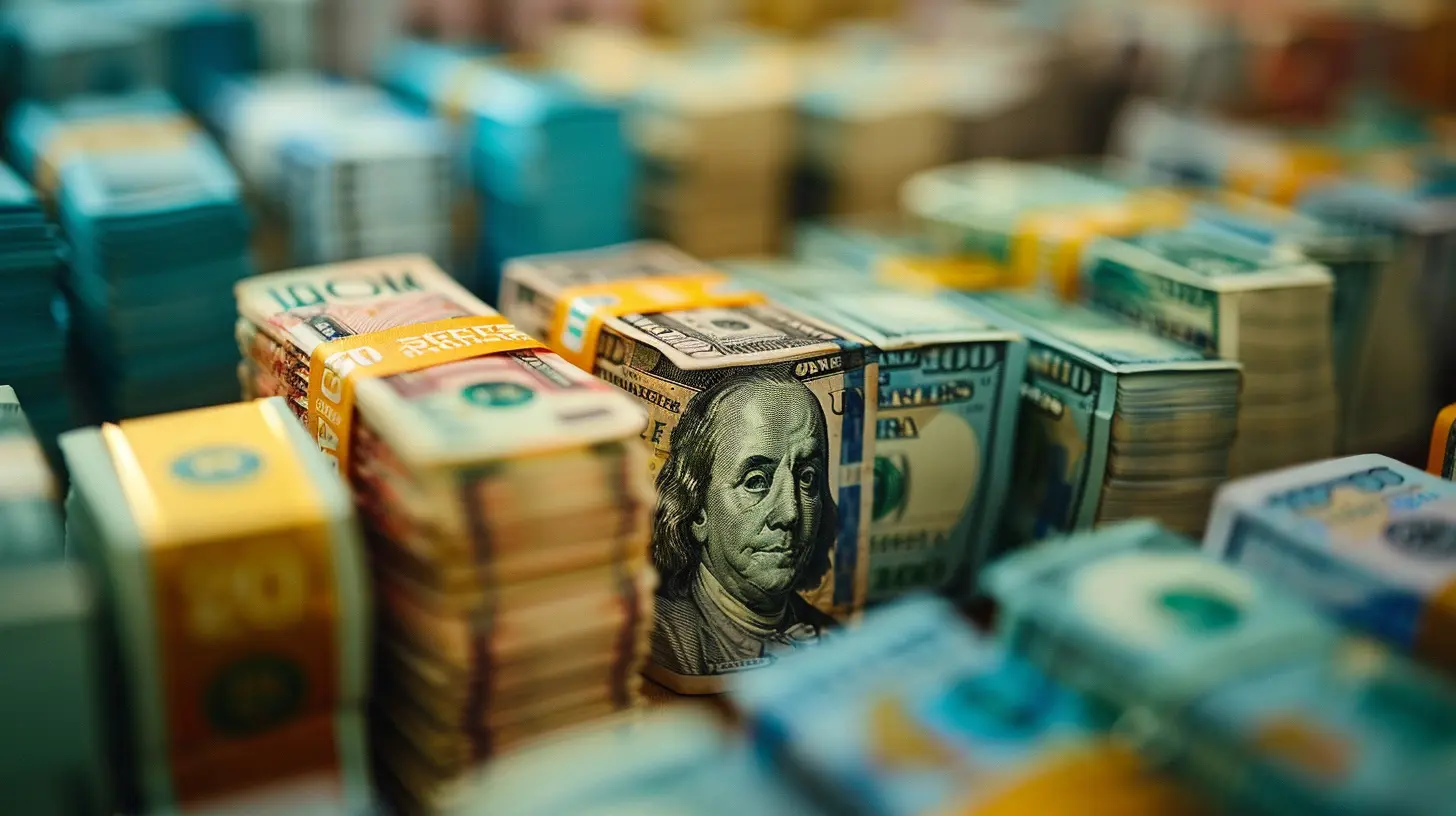
The Challenges: Are We Winning or Losing?
Despite all these efforts, money laundering remains a game of cat and mouse. Criminals constantly evolve their methods, exploiting loopholes, shell companies, and unregulated financial systems in some parts of the world.Some major obstacles include:
- Lack of transparency in offshore financial havens. Some countries offer secrecy laws that shield criminals from scrutiny.
- The rapid rise of decentralized finance (DeFi). New financial technologies create both opportunities and blind spots for regulators.
- Corruption within law enforcement and political systems. In some countries, the very institutions meant to fight money laundering are compromised.
Still, progress is being made. The more governments tighten regulations and collaborate, the harder it gets for criminals to launder money without getting caught.
A Look at the Biggest Money Laundering Scandals
To truly grasp the scale of the issue, let’s dive into some of the biggest money laundering cases in history:1. The Danske Bank Scandal ($230 billion laundered)
In one of the largest money-laundering scandals ever, Denmark’s Danske Bank was accused of processing $230 billion in suspicious transactions through its Estonian branch between 2007 and 2015. The money allegedly flowed through shell companies, many linked to Russia.2. HSBC and Drug Cartels
In 2012, the global banking giant HSBC was fined $1.9 billion after admitting it had facilitated money laundering for Mexican drug cartels. The bank’s weak internal controls allowed criminals to move billions across borders undetected.3. The Panama Papers Leak
The 2016 Panama Papers leak exposed how politicians, celebrities, and business elites used offshore tax havens to hide wealth and launder money. The revelations led to global investigations and reforms targeting shell companies and secret accounts.These scandals prove that even the biggest banks and institutions can be caught in the web of financial crime.
The Future of Anti-Money Laundering Efforts
What’s next in the fight against financial crime?- Stronger cryptocurrency regulations to prevent digital assets from becoming a laundering paradise.
- More AI-driven surveillance that can detect suspicious transactions in real time.
- Greater international cooperation to ensure criminals can’t exploit regulatory gaps.
The war on money laundering is far from over, but the walls are closing in. The message is clear—dirty money has nowhere to hide!
Final Thoughts
Money laundering is one of the world’s most sophisticated financial crimes, fueling everything from drug cartels to terrorism. While governments and financial institutions are ramping up their efforts, criminals are always looking for new loopholes.Will we ever fully eradicate money laundering? Probably not. But with stricter regulations, cutting-edge technology, and international cooperation, we’re making it harder for illicit money to flow through the cracks.
The fight continues—because when dirty money moves undetected, crime thrives. And that’s a price the world can’t afford to pay.
all images in this post were generated using AI tools
Category:
Financial RegulationAuthor:

Yasmin McGee
Discussion
rate this article
1 comments
Melissa McNair
This article effectively highlights the global initiatives aimed at combating money laundering. By understanding the evolving regulatory landscape and the collaborative efforts among nations, financial professionals can better navigate compliance challenges and contribute to a more transparent and secure financial system.
November 3, 2025 at 12:51 PM

Yasmin McGee
Thank you for your insightful comment! I'm glad you found the article helpful in highlighting the importance of global collaboration in addressing money laundering and enhancing financial transparency.
